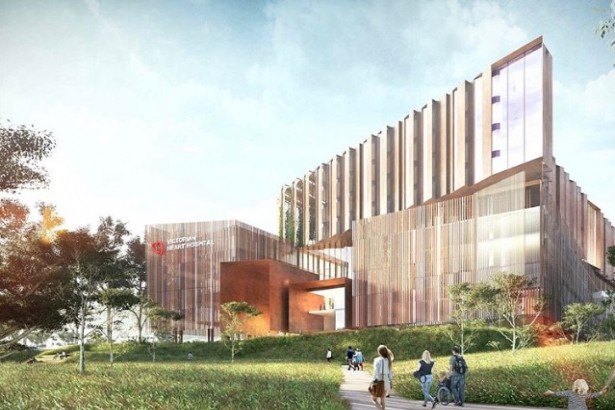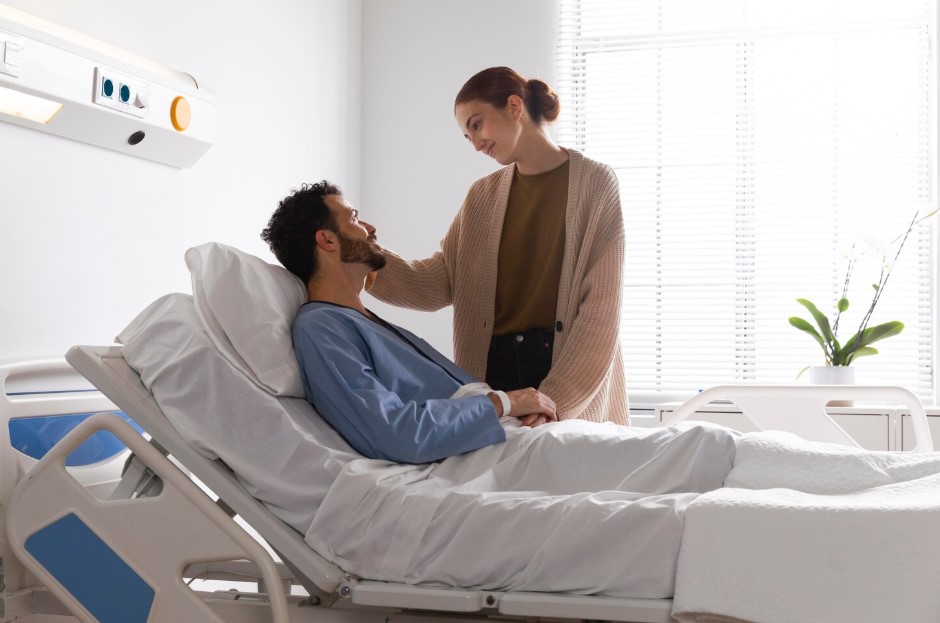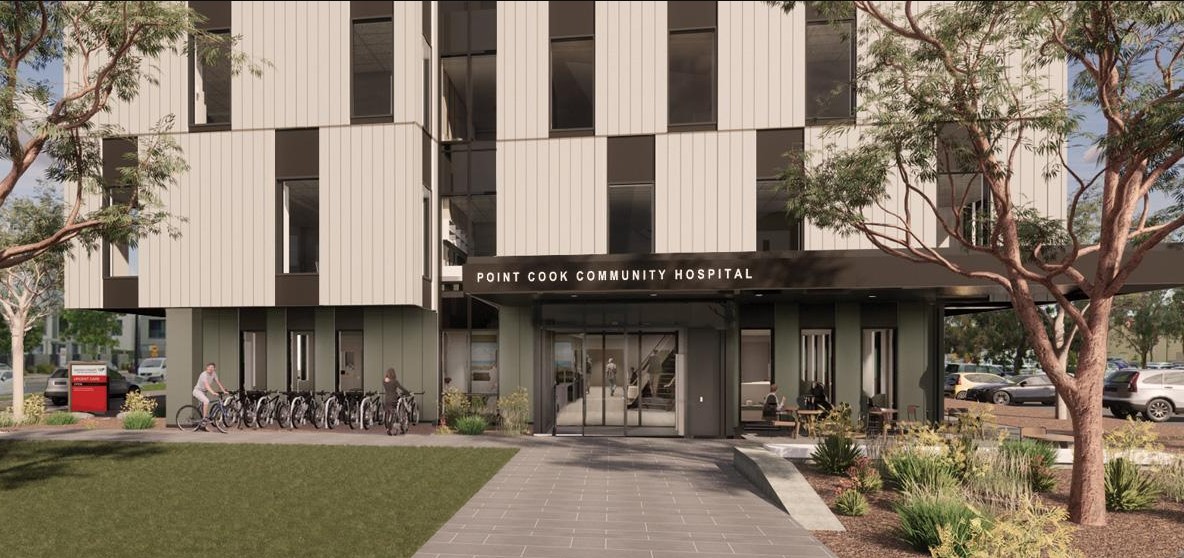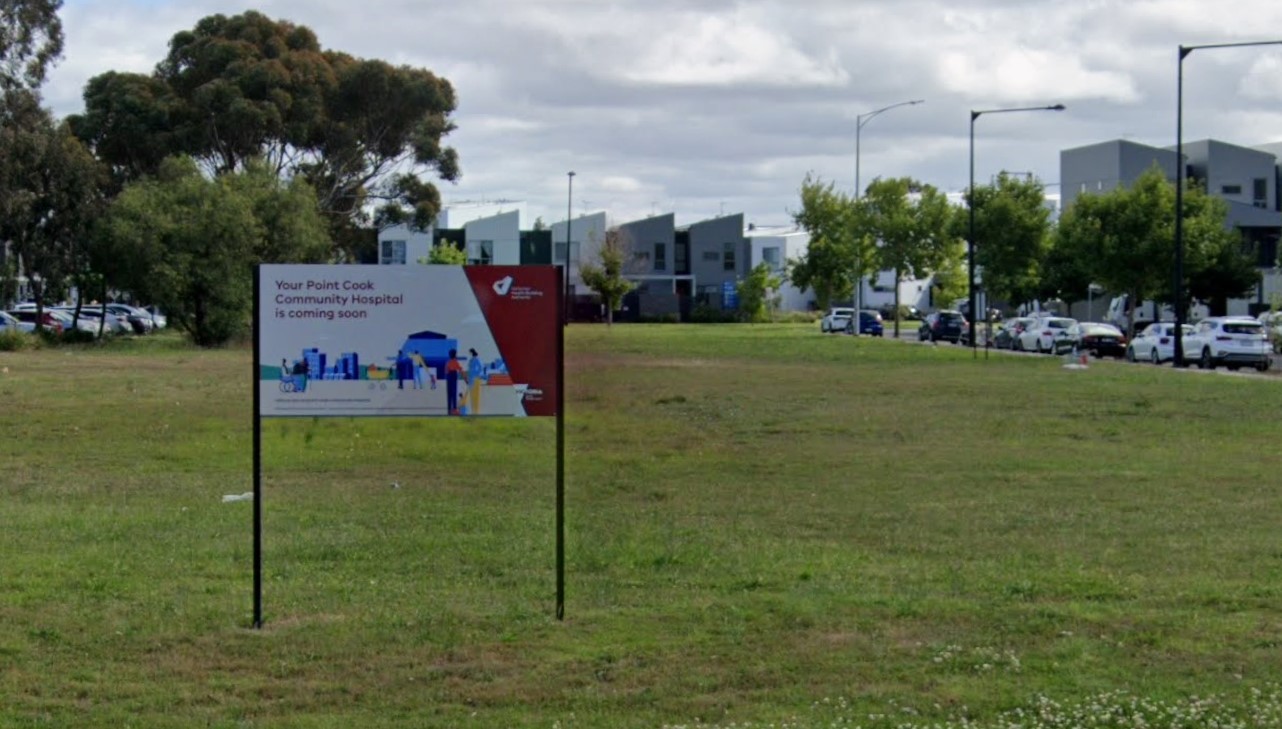26
Nov 2018
Australia Gets its First Heart Hospital
Published in News on November 26, 2018

Great news for Australia: the very first Victorian Heart Hospital is now under construction at Monash University Clayton campus. This Australia's pioneer is $543 million worth, and its due date is in 2022.
Thanks to the state government, Monash Health and Monash University, the idea was born in 2014. The idea is being realized for cardiac patients of all ages. This will be the first state-of-the-art cardiac facility that will provide holistic and innovative patient-centered care in cardiac disease, as well as research and world-leading education in Australia.
It will also be an education center. Monash Health and Monash University has partnered up to provide training options for undergraduate and postgraduate medical, science and nursing students, subspecialty training fellowships for cardiologists and cardiac surgeons and provision of Ph.D. and Masters placement for professionals.
Jill Hennessy MP, who is the state’s health minister, met Monash Health president Dipak Sanghvi, his chief executive Andrew Strapp, director of the Victorian Heart Hospital, Professor Steve Nicholls and Monash University vice-chancellor Margaret Gardiner at the beginning of construction.
“Modelled on successful specialist heart hospitals across the world including Barts Heart Centre in London and Montreal Heart Institute in Canada, the hospital will bring together the world’s best in cardiovascular care, research and training in a patient-focused, integrated specialist unit,” Monash University emphasized in their statement.
For this intensive project, the Victorian Health and Human Service Building Authority hired John Wardle Architects from Melbourne and Conrad Gargett, who designed The Lady Cilento Children’s hospital, Hervey Bay’s St Stephen’s Hospital and Queensland, the first completely digital hospital.
Its capacity will be 195 beds, also including ER, laboratories, high qualified surgical experts and of course, telemedicine for local and international patients. It will allow a significant number of surgical operations, lab procedure, emergency calls and consultations per year.
More good news is coming from the government. They’ve selected a site in inner west Melbourne for a brand new Footscray Hospital. It’s going to be involved with a 504-bed capacity, and it will replace the hospital in nearby Gordon Street and the due date is after 2025.









